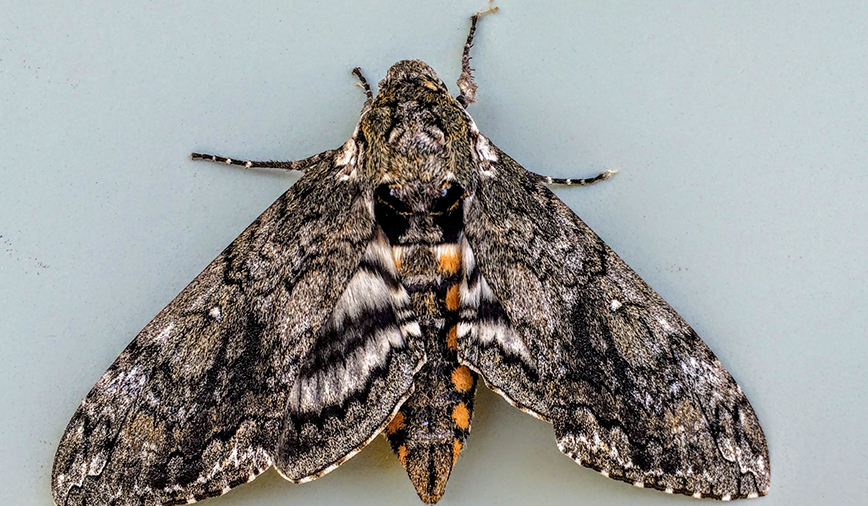Pam’s Perspective
From the…
Pam Otto is the Manager of Natural Programs and Interpretive Services for the St. Charles Park District
June 29, 2012
I think I picked the wrong summer to get back into gardening.
Sure, it seemed like a good idea back in March, when we had our first tantalizing taste of warm, sunny weather. And some rain, too, if I remember correctly.
But now here we are, in the midst of the growing season, and I’ve got tomatoes, peppers and cucumbers that are doing anything but. And don’t even get me started on the beets.
Thankfully, though, I’m not really all that concerned about production and yields. Because what my little garden lacks in productivity, it sure makes up for in diversity—of wildlife, that is.
You might remember a few weeks ago when I was preparing the ground for planting, I discovered lightning bugs, newly metamorphosed, exiting the soil. That procession has continued, with a few new fireflies climbing out almost daily. It’s a phenomenon I don’t recall seeing anywhere else, and it’s really neat to watch. I can’t help but wonder whether the extra moisture in the soil, thanks to frequent watering and some wonderful leaf mulch from my Pop, is helping make things just a little bit easier for these amazing creatures.
So the other day, as I was giving the garden yet another drink, and watching yet another firefly scrabble across the soil, I noticed a little disturbance near the base of a tomato plant.
Remember that movie Tremors, where giant worms would erupt from the ground and eat people? Picture that, only on a smaller scale. Make that a much smaller scale.
Adobe Systems
In an area about the size of a meatball (and here I’m referring to the sandwich kind, not the Swedish kind) the soil shifted and shook. I knelt down to get a closer look, and saw the center begin to rise. A bumpy back appeared, then two bulging eyes. I was staring right into the face of a Bufo—an American toad that had found relief from the heat by digging down into the damp soil.
I guess even toads don’t appreciate too much of a good thing. As the water puddled up around the base of the tomato the little guy hopped away in that stuttering way toads do, disappearing into the groundcover that borders the garden.
I love toads, and was glad to learn that at least one and maybe more have found refuge in the soft soil. I’m also happy I was there to witness this individual’s exit; it helped solve the mystery of the divots that have been appearing all around the plants. They had nothing to do with the robins I spot picking through the soil, and they didn’t really look like the sorts of excavations a squirrel or skunk would create. Nor were they deep enough to be the work of the chipmunks that hang out with me as I putter around the plants. Toads. Who knew?!
Yet another visitor joined me the other evening as I once again was watering. In the waning light this new critter at first looked to be a mouse. Its back was fuzzy; its size, about as long as my thumb. It was rustling underneath some leaves, the way a mousie might. But something didn’t seem quite right..
So, back down on the ground I went. And what to my wondering eyes should appear, but bright orange blocks of color. Uncharacteristic of rodents, to say the least!
This newest creature was a five-spotted hawkmoth, newly emerged from the pupa that had lain in the soil since last fall. A vestige of gardens past, in its juvenile stage it likely had fed on the tomato plants my neighbor tended last year. Because, yep, the caterpillar of this beautiful creature is the tomato hornworm, devourer of pepper plants, eggplant and of course tomatoes.
As I watched its wings fill with fluid and unfurl, I couldn’t help but marvel at its beauty. Sure, its kids may well be the end of my tomatoes and peppers, but in the meantime it will do its adult duty of pollination—an essential function flowers can’t survive without.
I’ll be out in the garden again this weekend, watering and weeding. And watching. Because even though I may have picked the wrong summer to take up gardening again, it’s always the right season to connect with our local wildlife.
Pam Otto is the manager of nature programs and interpretive services at the St. Charles Park District. She can be reached at 630-513-4346 or potto@stcparks.org.

